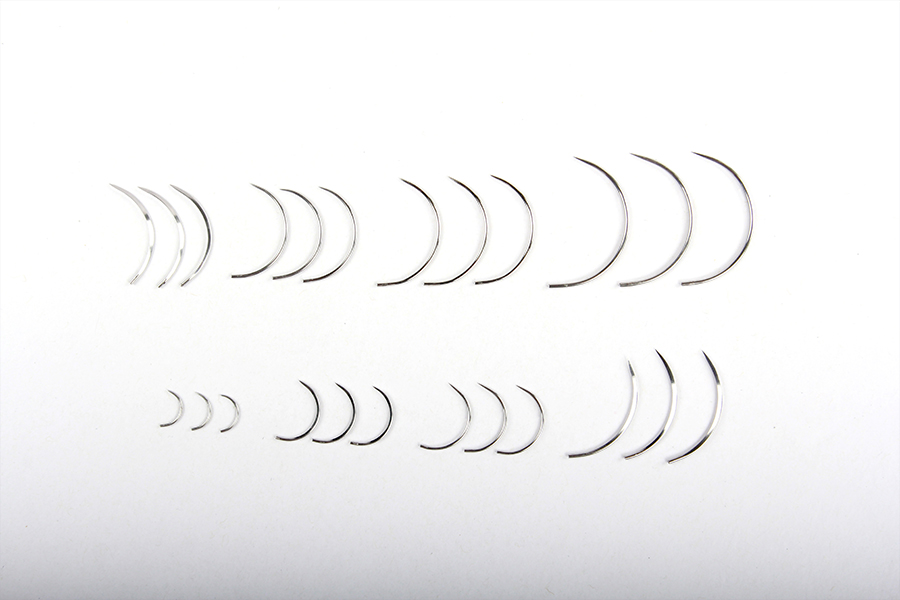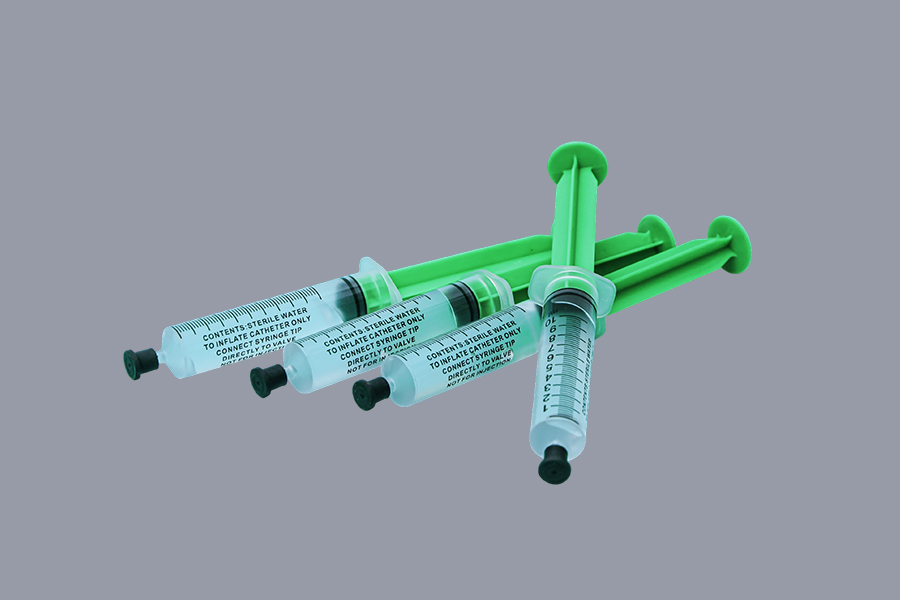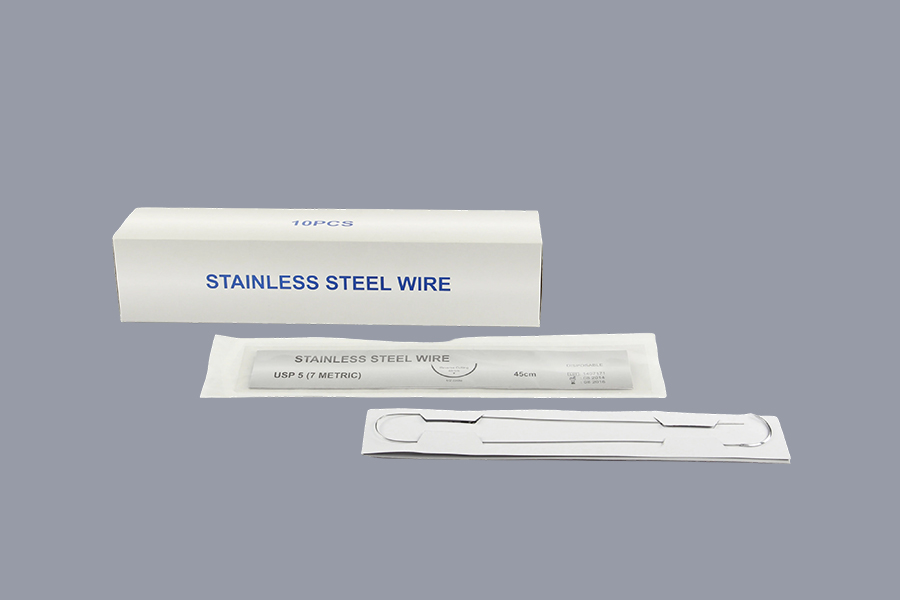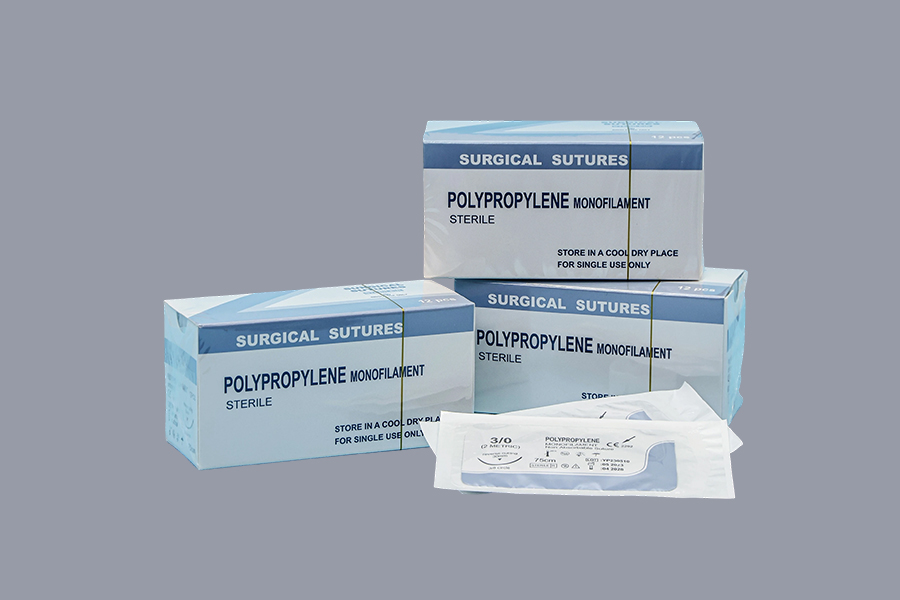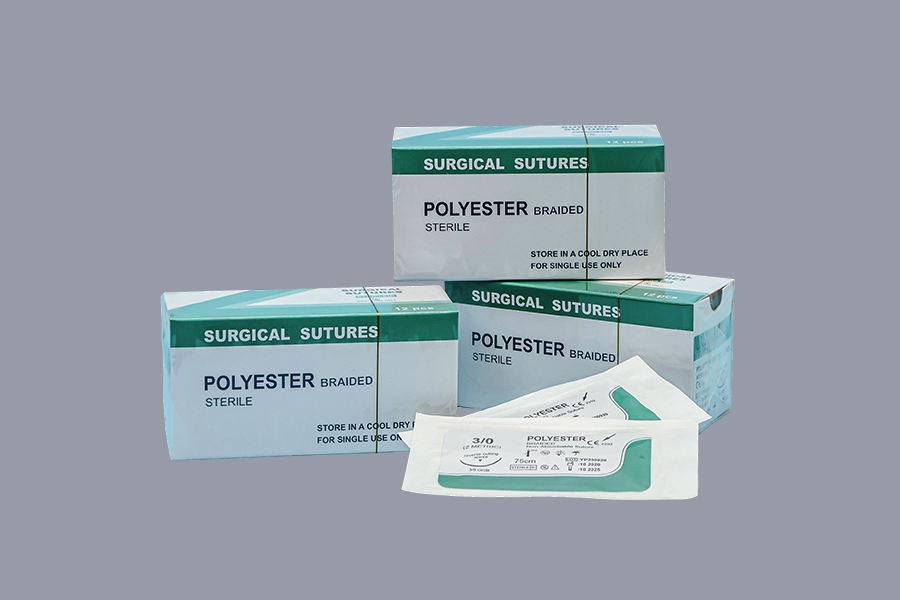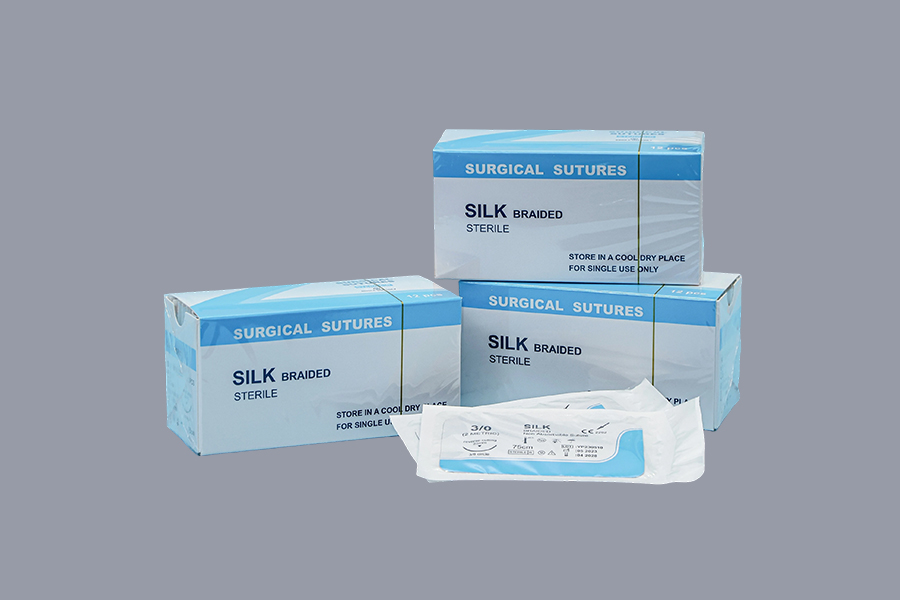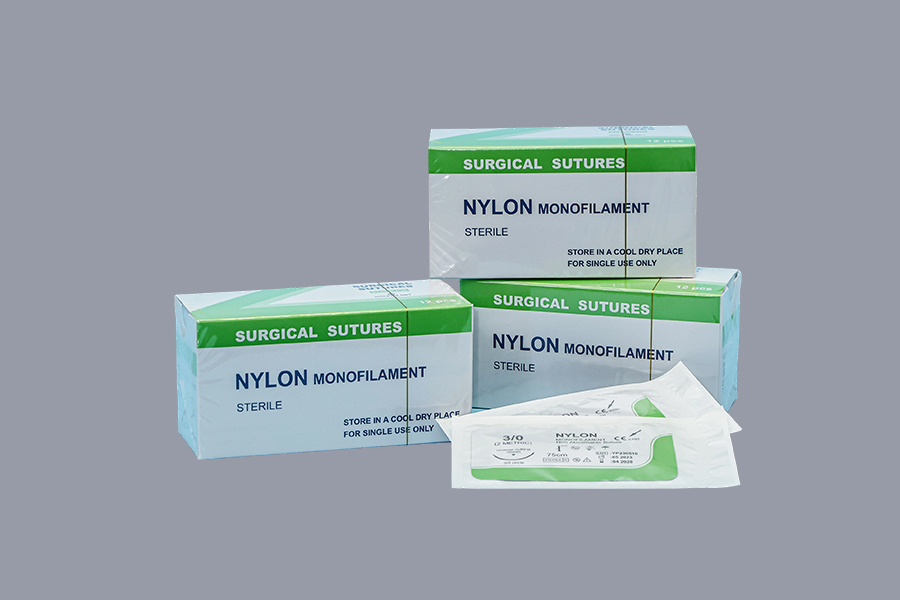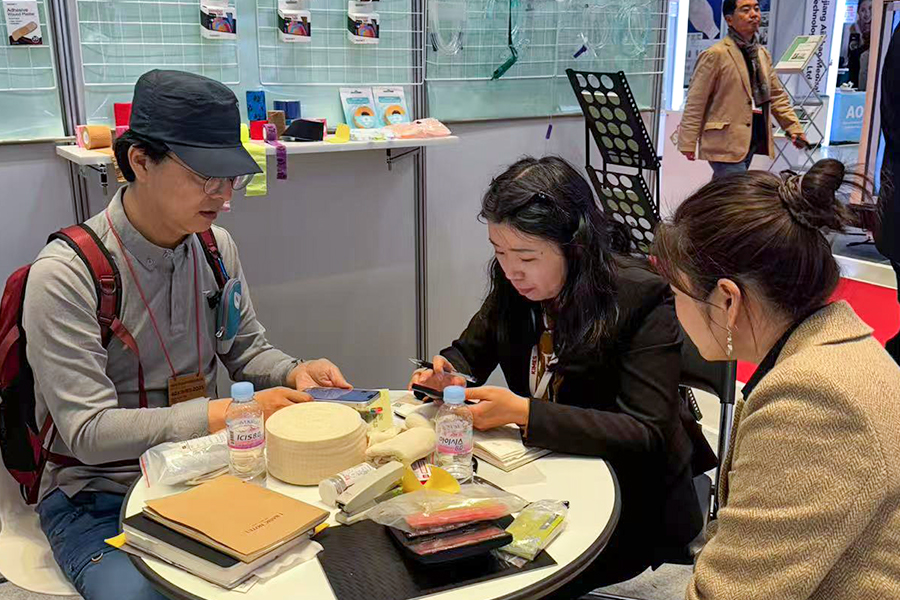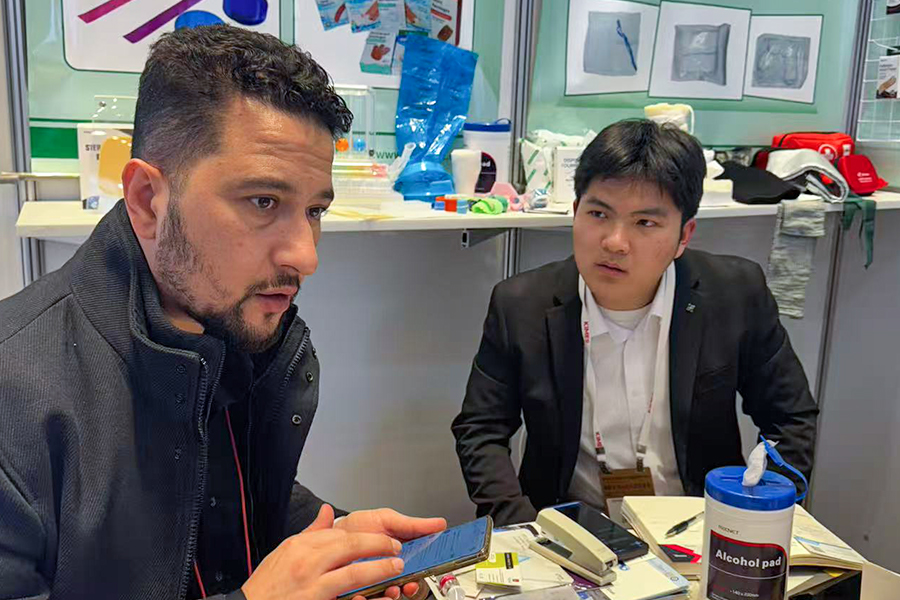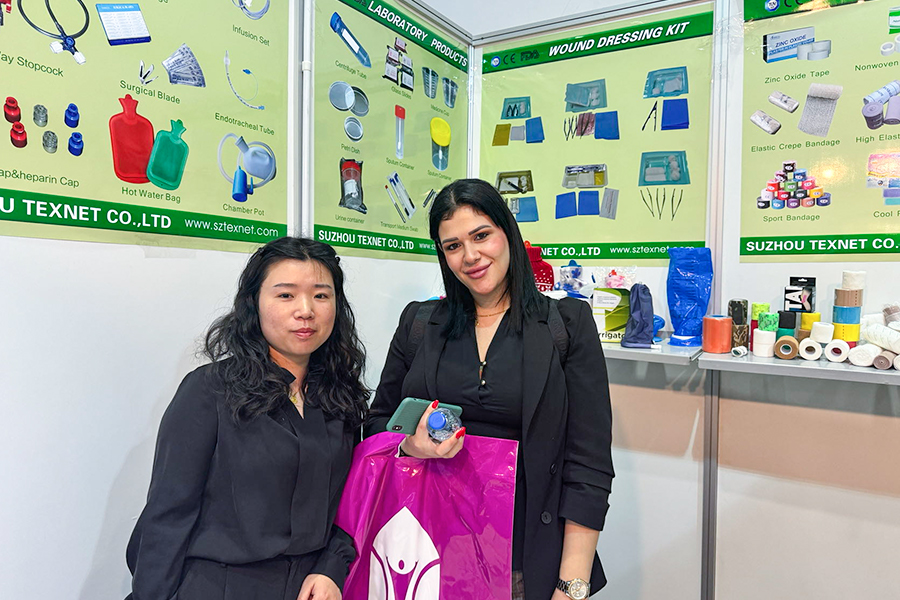
- Bandages
- Medical Tapes
- Cotton Products
- PPE Products
- Urology&Feeding Products
- Gauzes
- Procedure Kits&Dressings
- Catheters
- Surgery&Nursing
- Surgical Instruments
- Surgical Sutures
- Surgical Needles
- Surgical Blades
- Blood lancets
- Electrosurgical Pencils
- ECG
- Nasal cannulas
- Oxygen masks
- Nebulizer masks
- Venturi masks
- Spirometer
- Syringes
- Infusion sets
- IV cannulas
- Sharp boxes
- Three way Stopcocks
- Heparin caps
- Forceps
- Guedel Airways
- Light covers
- Tourniquet covers
- Lurbricant Jelly
- Lab Consumables
- Oral Care&Cleaning Products
- Sports Support
How to Wear a Bouffant Surgical Cap?
Bouffant surgical caps are a critical component of personal protective equipment (PPE) in healthcare settings. Designed primarily to contain hair and prevent contamination in sterile environments, they are used in operating rooms, laboratories, cleanrooms, and other clinical spaces. However, wearing them correctly is just as essential as wearing them at all. Improper use can compromise sterility and safety standards. This article provides a detailed breakdown of the correct method to wear a bouffant surgical cap, the reasons behind each step, and best practices to ensure compliance with infection control protocols.
1. Understanding the Purpose of a Bouffant Surgical Cap
A bouffant surgical cap is a disposable, loose-fitting head cover made from non-woven materials such as polypropylene. It is characterized by its full, puffed shape that accommodates various hair volumes and styles, including long hair, dreadlocks, braids, and thick curls. Key purposes include:
Preventing hair and scalp particles from contaminating sterile fields
Protecting the wearer from airborne contaminants
Maintaining hygienic standards in sensitive environments
2. Preparing to Wear a Bouffant Cap
Before putting on your bouffant cap, follow these preparatory steps to ensure proper hygiene and fit.
A. Hair Preparation
Tie long hair into a ponytail, bun, or braid. Avoid using large hair accessories.
Secure bangs or loose strands with hairpins or clips.
Ensure your scalp and hair are clean. Sweat, oil, or dandruff can compromise the cleanliness of the cap.
B. Hand Hygiene
Wash hands thoroughly with soap and water or use an alcohol-based hand sanitizer.
Dry hands completely before touching the cap to prevent microbial transfer.

3. How to Properly Don a Bouffant Surgical Cap
The technique for donning a bouffant cap correctly involves attention to coverage, comfort, and containment.
Step-by-Step Instructions
Step 1: Inspect the Cap
Ensure the cap is clean, intact, and dry. Discard any cap that is torn or wet.
Hold the cap with both hands, locating the elastic band that provides the grip.
Step 2: Position the Cap
Open the cap fully, creating space inside it like a balloon.
Tilt your head slightly forward.
Place the front edge of the cap at your forehead’s hairline, right above your eyebrows.
Step 3: Expand Over the Head
Stretch the elastic gently as you pull the cap over your head and around to the back.
The elastic should sit snugly around the base of your skull and ears.
Step 4: Tuck in All Hair
Carefully tuck in any loose strands, especially around the nape and sides.
Ensure all hair is fully enclosed within the cap—including sideburns and stray curls.
Step 5: Adjust for Fit
Make sure the cap is not too tight (which could cause headaches) or too loose (which might allow hair to escape).
The cap should cover your ears, especially in surgical environments where maximum sterility is needed.
4. Key Considerations for Proper Fit and Compliance
To ensure effectiveness and compliance with infection control protocols:
A. Full Coverage
Hair must not be visible from any angle.
Caps should cover the entire scalp, including the occipital and temporal regions.
B. One-Time Use
Bouffant caps are disposable and should be used once per shift or per surgical procedure.
Replace immediately if it becomes contaminated, sweaty, or damaged.
C. Comfort and Breathability
Choose the right size and material based on your hair volume and work environment.
Overly tight caps can reduce circulation and cause discomfort during long shifts.
5. Common Mistakes to Avoid
Improper usage of a bouffant surgical cap can lead to noncompliance and increased risk of infection. Avoid these frequent errors:
| Mistake | Risk |
| Leaving hair exposed | Contamination of sterile fields |
| Wearing the cap below or above the ears inconsistently | Inadequate protection |
| Reusing a disposable cap | Cross-contamination |
| Wearing jewelry or accessories underneath | Compromises fit and hygiene |
| Not performing hand hygiene before donning | Transfers microbes to cap surface |
6. Post-Use Protocol
After completing your shift or exiting the sterile environment:
Remove the cap by the elastic, avoiding contact with the outer surface.
Dispose of it in a designated biohazard or trash bin, depending on facility protocols.
Perform hand hygiene immediately after disposal.
7. When to Choose Bouffant Caps Over Other Head Covers
Bouffant caps are ideal for:
Healthcare workers with long or voluminous hair
Surgeries or procedures requiring maximum scalp containment
Settings where comfort during long wear is essential
Alternatives like skull caps (tight-fitting surgical caps) may be more suitable for individuals with short hair or where minimal fabric is preferred.
8. Conclusion
Wearing a bouffant surgical cap properly is more than a routine—it’s a critical step in maintaining sterile environments and protecting both patients and providers. By understanding the principles of hygiene, fit, and usage, healthcare professionals can ensure compliance with protocols while maximizing comfort and effectiveness. Always remember: a correctly worn cap is invisible protection—until it’s done wrong.
-
Nurse Must Haves: Practical...
Nurse must haves for core clinical work The best nurse must haves are the items you reach for repeatedly: assessment tools, safe utility gear, and small backups that prevent workflow interruptions. The goal is not “more gear,” but fewer delays and fewer workarounds during patient care. Assessment t...
-
Elevating Standards in Heal...
Medical Gowns: A Critical Component of Healthcare Protection Medical gowns are essential protective gear in healthcare, providing crucial barriers against contamination, bodily fluids, and infection. These garments are designed to protect healthcare professionals, patients, and surrounding environme...
Copyright © SUZHOU TEXNET CO., LTD.

The information provided on this website is intended for use only in countries and jurisdictions outside of the People's Republic of China.

 English
English Français
Français Español
Español Português
Português عربى
عربى